Hurricane Irma Sucked The Ocean Away From Florida And Bahamas Beaches
Hurricane Irma is so powerful that it has temporarily sucked the ocean away from beaches in Florida and the Bahamas in recent days.
Twitter user @Piznack, one of multiple people to share videos of the strange scene, tweeted on Saturday: “Y’all my family in the Bahamas said Irma sucked up all the water. There’s literally no water. The beach and ocean are gone.”
He sent out a follow-up video that showed how the water had retreated at a beach in Long Island, Bahamas.
Y'all my family in the Bahamas said Irma sucked up all the water. There's literally no water. The beach and ocean are gone😳
— piz (@Piznack) September 9, 2017
Long Island, Bahamas: Where's the ocean? pic.twitter.com/YCmWzUVBKI
— piz (@Piznack) September 9, 2017
On Sunday, the National Weather Service confirmed the phenomenon was also occurring in Naples, Florida. A public information coordinator for Clearwater, Florida, shared videos of the “negative surge” in Tampa Bay.
12:00 PM: Negative surge ~3.5 FT at #Naples to become 10-15 FT above ground as #Irma moves in. Life-threatening rapid water rise imminent! pic.twitter.com/pbh76VXlqn
— NWS Miami (@NWSMiami) September 10, 2017
Creepy site - water in Tampa Bay is already being sucked out. This is view from downtown St. Pete waterfront. #HurricaneIrma pic.twitter.com/4hqRDSrDsh
— Jason Beisel (@JasonBeisel) September 10, 2017
Angela Fritz, deputy weather editor of The Washington Post, confirmed this phenomenon is real and may occur during extremely powerful hurricanes such as Irma. The storm is so powerful that it can essentially change the shape of the ocean for a time, Fritz wrote.
“Basically, Hurricane Irma is so strong and its pressure is so low, it’s sucking water from its surroundings into the core of the storm,” Fritz wrote.
“In the center of the storm, where there is extreme low pressure, water is drawn upward. Low pressure is basically a sucking mechanism — it sucks the air into it, and when it’s really low, it can change the shape of the surface of the ocean. As the storm draws water toward the center, it gets pulled away from the surroundings.”
Wayne Neely, a forecaster with the Bahamas’ Department of Meteorology, warned residents of Long Island and Exuma, where water had also reportedly receded from the beaches, to be careful as the ocean surged back to high levels.
“Care must be taken in this case because the water often returns with even greater fury,” Neely said in a Facebook post explaining the phenomenon.
People who had seen the water recede in the Bahamas on Friday said the water returned the next day.
Irma ripped through the Caribbean Sea and parts of the Atlantic Ocean earlier this week and made landfall in Florida on Sunday morning. So far, the storm has killed at least 22 people and displaced thousands more.
Below are more images of the ocean disappearing, in some cases beyond the horizon, at beaches in Florida and the Bahamas.
Love HuffPost? Become a founding member of HuffPost Plus today.
Look at Tampa Bay... this AM there were whitecaps. @JaniceDean told me the winds from #irma are pushing the water out @foxandfriends pic.twitter.com/5agY7hG1zC
— Jillian Mele (@jillianmele) September 10, 2017
#AnnaMariaIsland, punt vanTampa Bay valt droog. 4 minutes ago. #Florida. #HurricaneIrma #Irma2017 pic.twitter.com/3VLlT5J87C
— Sam ʕ•ᴥ•ʔ (@samgerrits) September 10, 2017
Sea gone dry 😶 #HurricaneIrma #Bahamas @weatherchannel pic.twitter.com/zBLQn7ym2F
— Adrian (@deejayeasya) September 9, 2017
Bahamas 🇧🇸 These incredible photos were taken by @deejayeasya
The sea went out. The sea came in. #Irma #HurricaneIrma pic.twitter.com/xXBywyo01a— Elpie (@elpie) September 9, 2017
so the winds in Long Island Bahamas were powerful enough to blow the water so far back that the eye can't see. It looks as if there's no sea pic.twitter.com/yemwLYUsI7
— KB (@keonavanessa) September 9, 2017
Water receded in Salt Pond Long Island Bahamas yesterday evening. #SendItTo7 #HurricaneIrma pic.twitter.com/ljuTVCams2
— Victoria Wells (@Vick_Savalitta) September 9, 2017
Lydia O’Connor contributed reporting.
Also on HuffPost
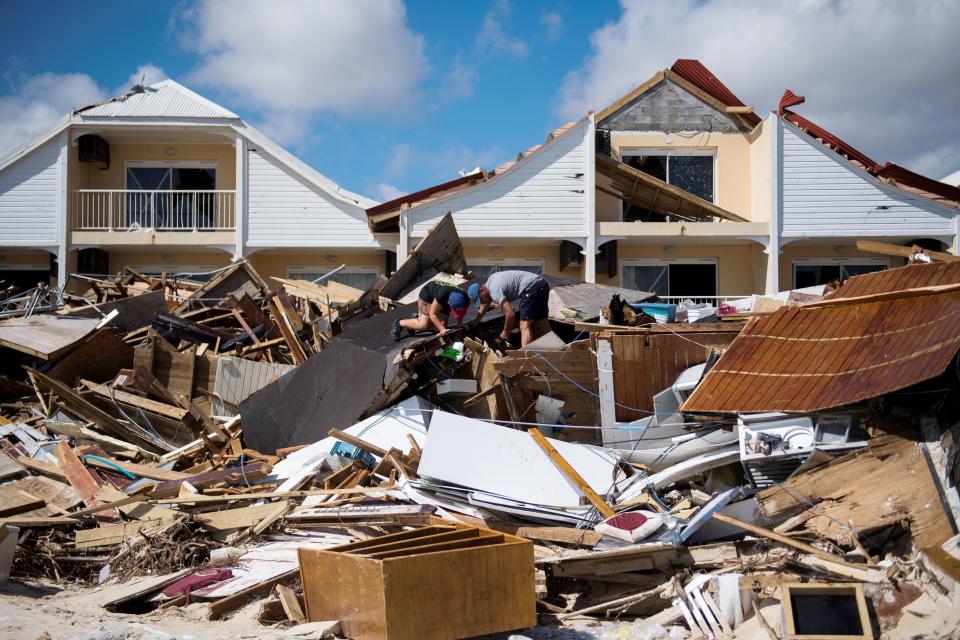


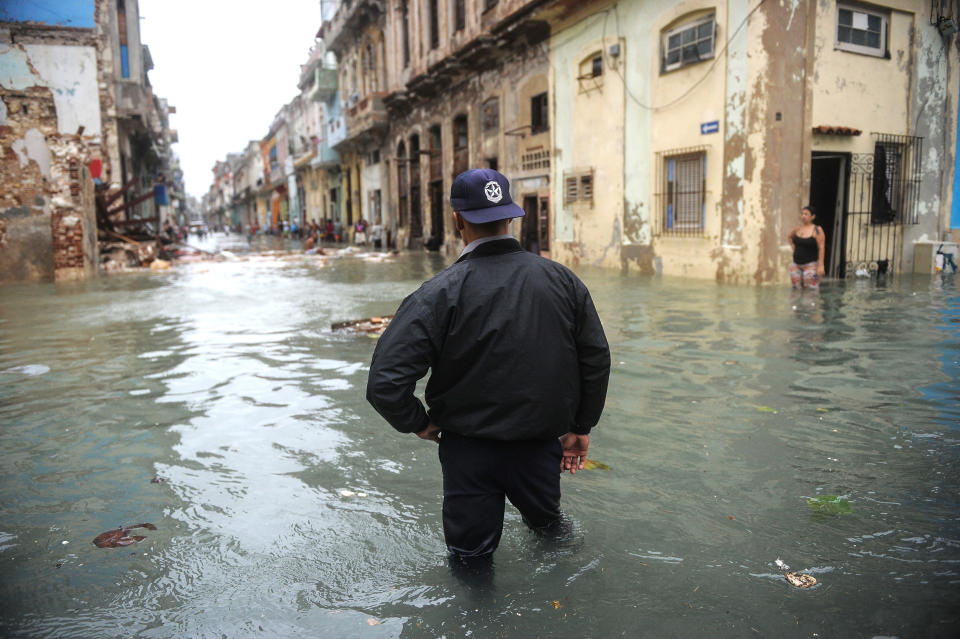
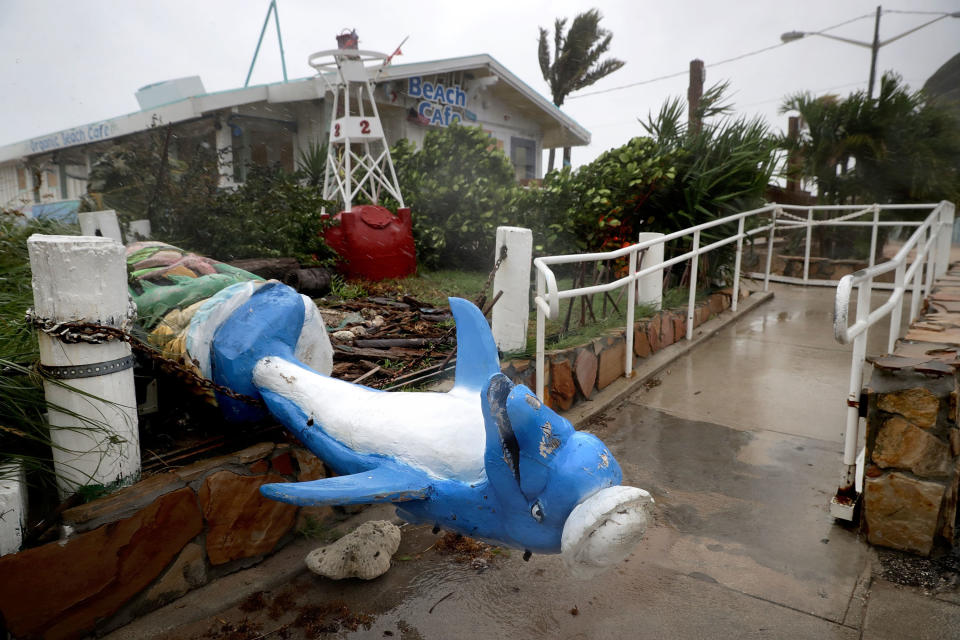


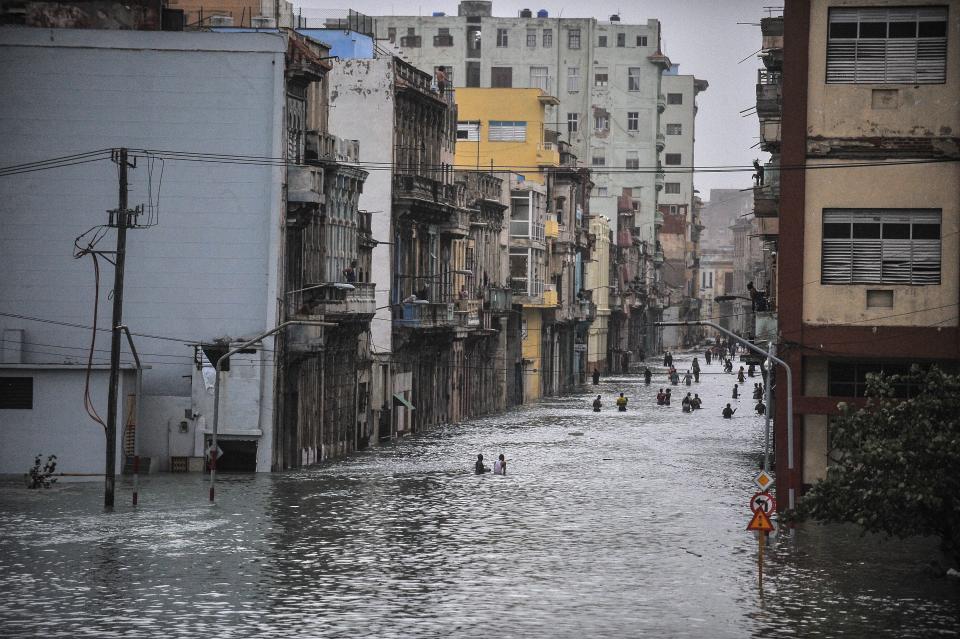





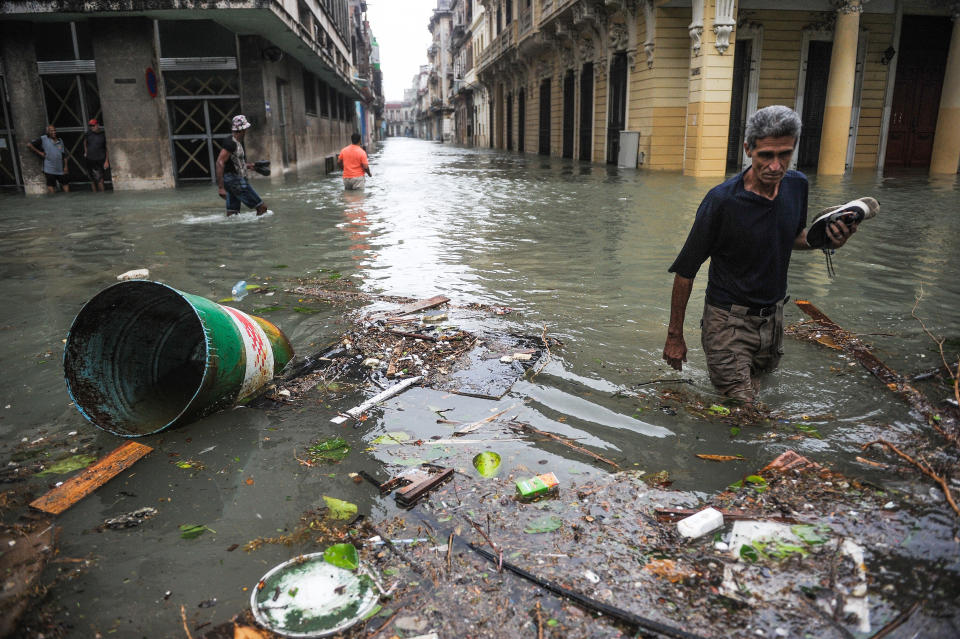


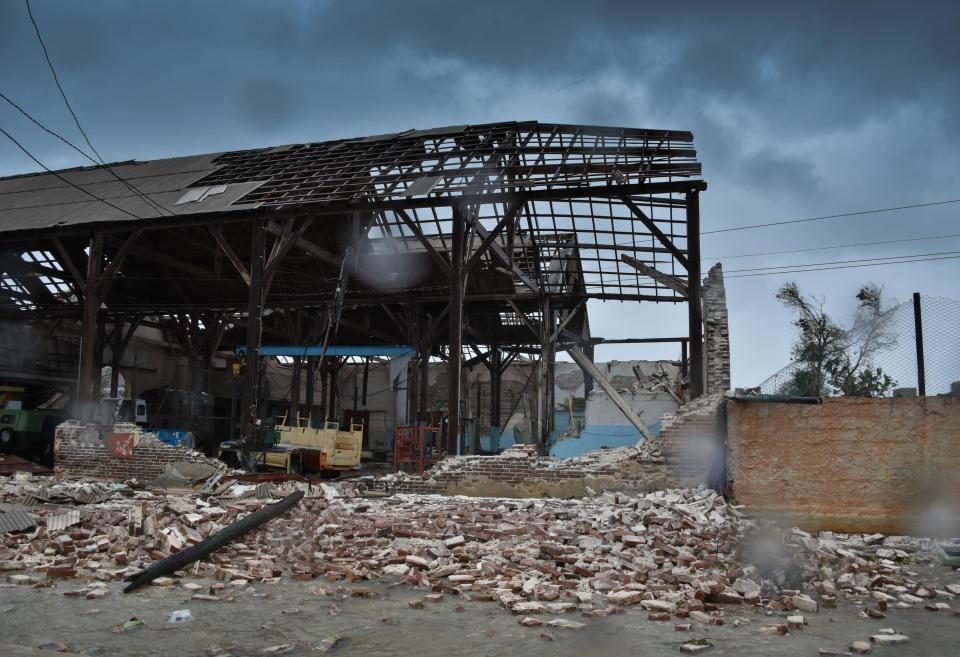


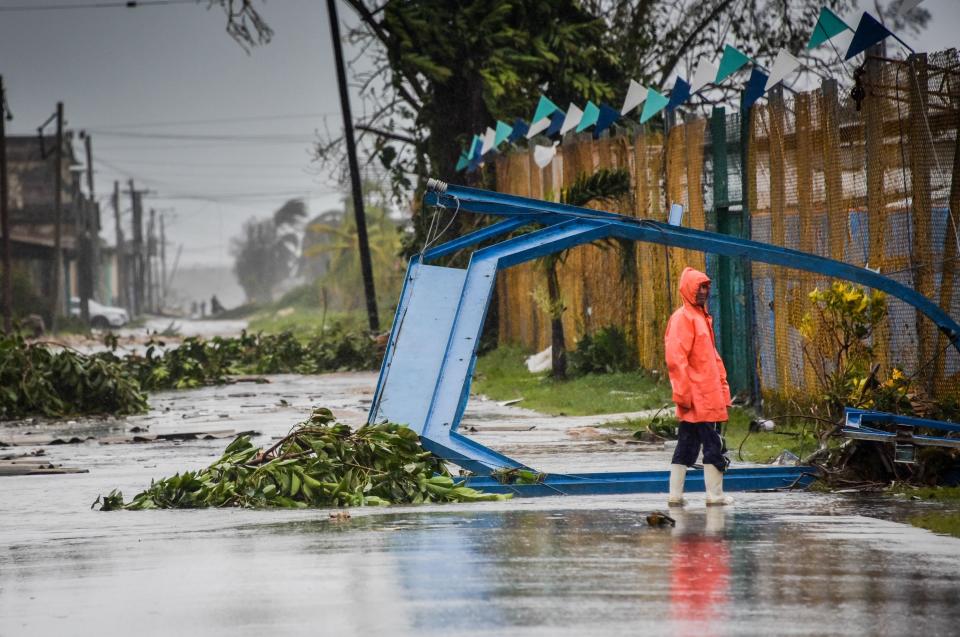

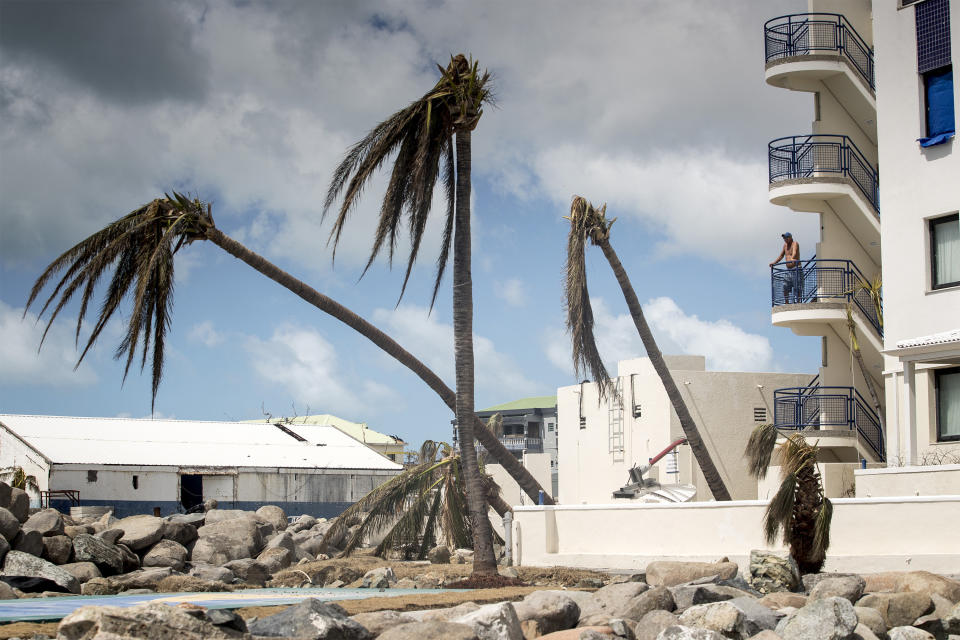
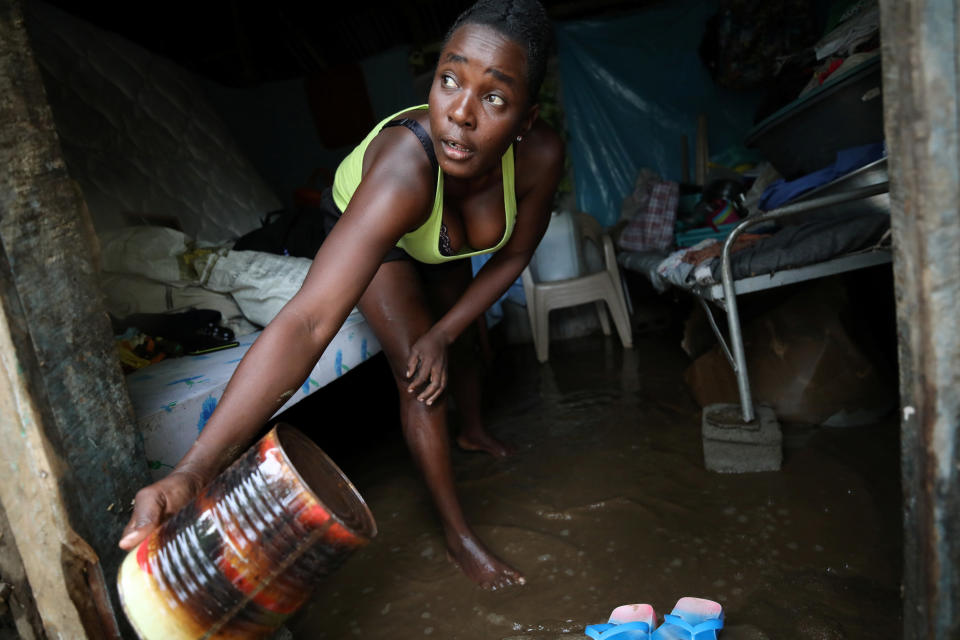








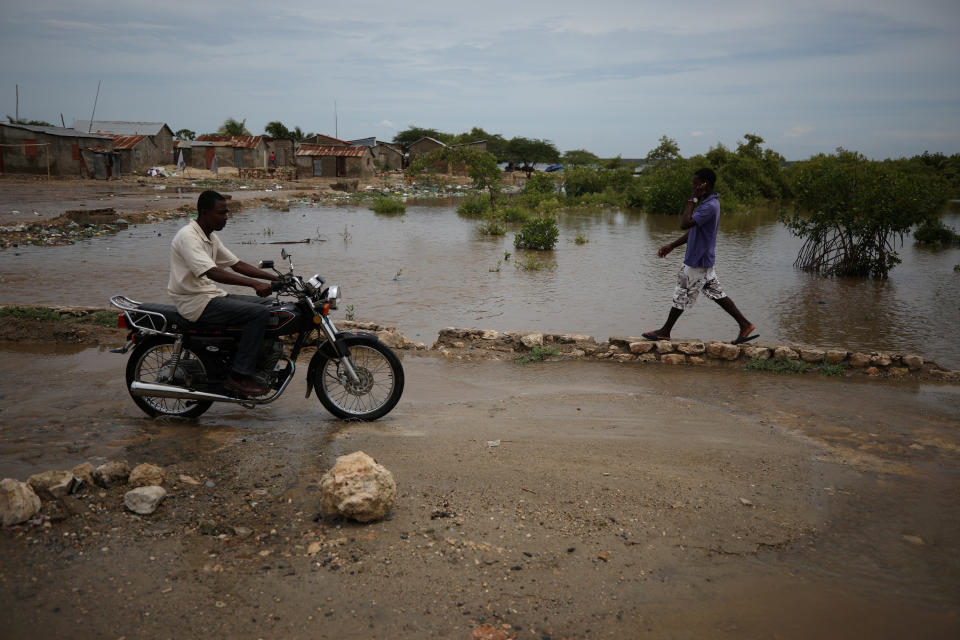



This article originally appeared on HuffPost.

